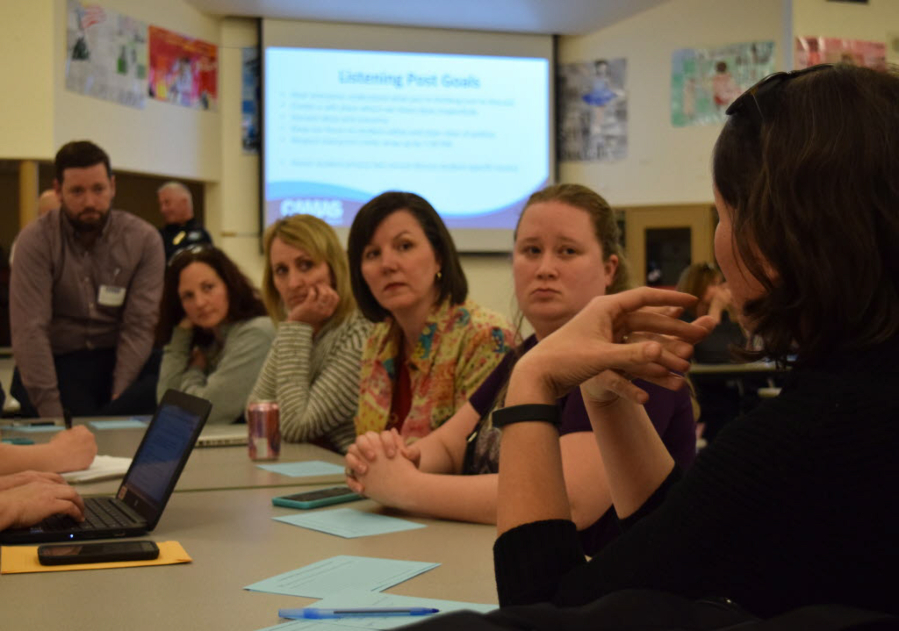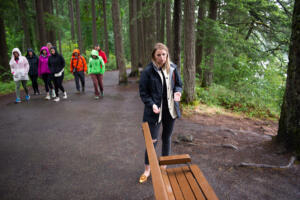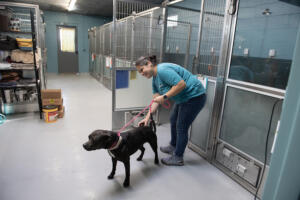A Camas School District citizen advisory committee has narrowed its safety recommendations to help make Camas students and school staff safer in the future.
The committee presented the district with six areas for improvement. All are based on information gathered during two “listening posts” at Camas middle schools and an online survey conducted in March.





